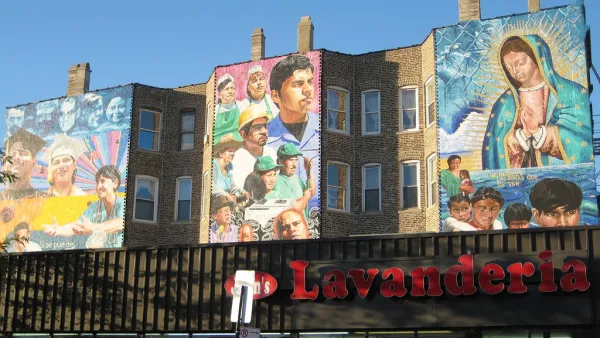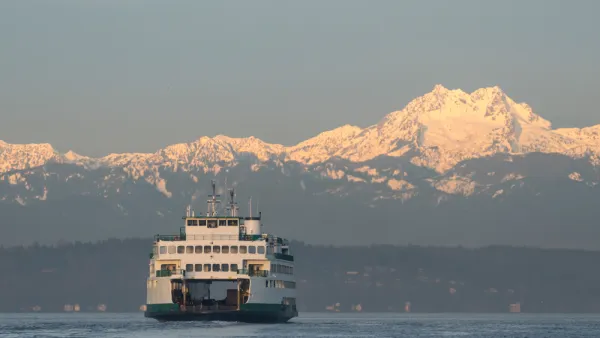It's hard to avoid tales about the country's urban boom; then the U.S. Census goes and releases data that totally backs it up.
Mike Maciag details the updated population estimates released by the U.S. Census Bureau earlier this week. The data provides support for the continuing trend of growth in cities around the country (i.e., not just Texas).
"In all, cities with populations exceeding 100,000 collectively added an estimated 857,000 residents between July 2012 and July 2013, accounting for an increase of about 1 percent. By comparison, all other areas of the country recorded population growth of only 0.6 percent over the same time period," writes Maciag. The article also includes a link to a map with a data overlay of the population growth (or loss) in cities and towns all over the map.
As for the city that grew the fastest, that distinction goes to Frisco, Texas, which "posted population gains of 6.5 percent over the short 12-month period, topping all other larger cities."
But for the country's largest cities, look to the pacific Northwest for the fastest rate of growth: "Of the nation’s largest cities, nowhere has population growth accelerated quite like Seattle. The city has seen annual population gains increase each of the past few years, climbing by 2.8 percent last year -- the highest rate of any city with at least a half million residents."
Gene Balk also provides analysis of Seattle's precipitous rise, which outpaced growth in its suburbs for the second consecutive year.
FULL STORY: New Population Estimates Highlight Nation's Fastest-Growing Cities

National Parks Layoffs Will Cause Communities to Lose Billions
Thousands of essential park workers were laid off this week, just before the busy spring break season.

Retro-silient?: America’s First “Eco-burb,” The Woodlands Turns 50
A master-planned community north of Houston offers lessons on green infrastructure and resilient design, but falls short of its founder’s lofty affordability and walkability goals.

Delivering for America Plan Will Downgrade Mail Service in at Least 49.5 Percent of Zip Codes
Republican and Democrat lawmakers criticize the plan for its disproportionate negative impact on rural communities.

Test News Post 1
This is a summary

Test News Headline 46
Test for the image on the front page.

Balancing Bombs and Butterflies: How the National Guard Protects a Rare Species
The National Guard at Fort Indiantown Gap uses GIS technology and land management strategies to balance military training with conservation efforts, ensuring the survival of the rare eastern regal fritillary butterfly.
Urban Design for Planners 1: Software Tools
This six-course series explores essential urban design concepts using open source software and equips planners with the tools they need to participate fully in the urban design process.
Planning for Universal Design
Learn the tools for implementing Universal Design in planning regulations.
EMC Planning Group, Inc.
Planetizen
Planetizen
Mpact (formerly Rail~Volution)
Great Falls Development Authority, Inc.
HUDs Office of Policy Development and Research
NYU Wagner Graduate School of Public Service





























